


Final Hamptonne Images-



Final Hamptonne Images-



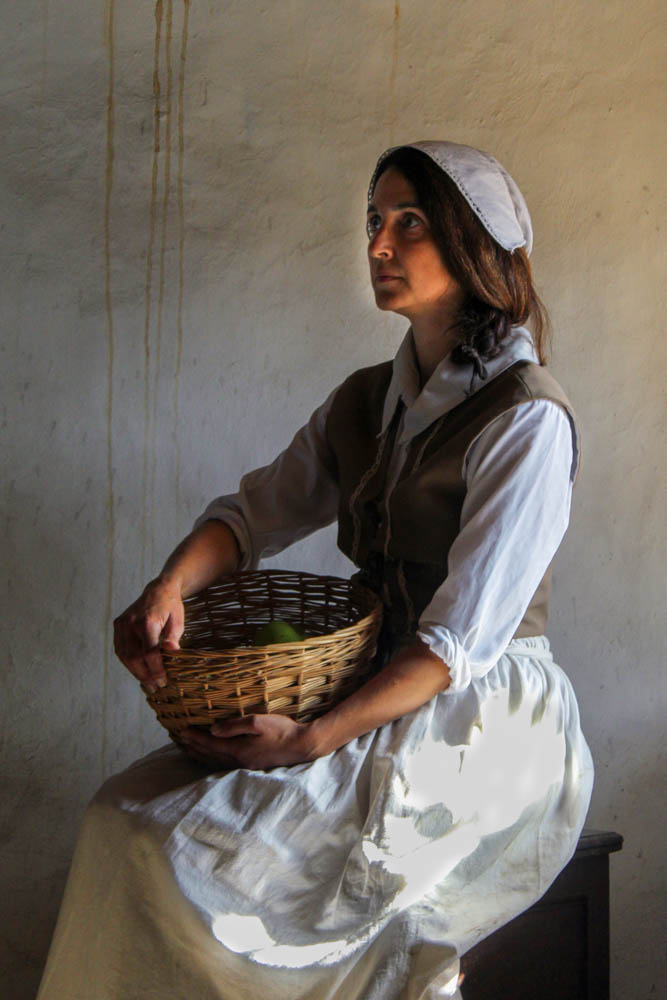



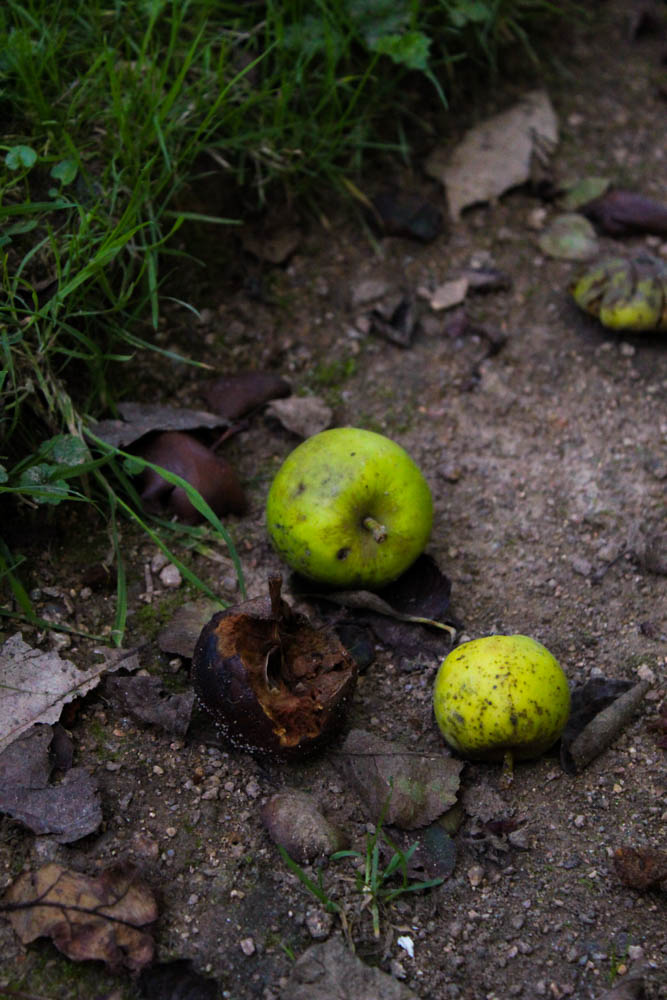
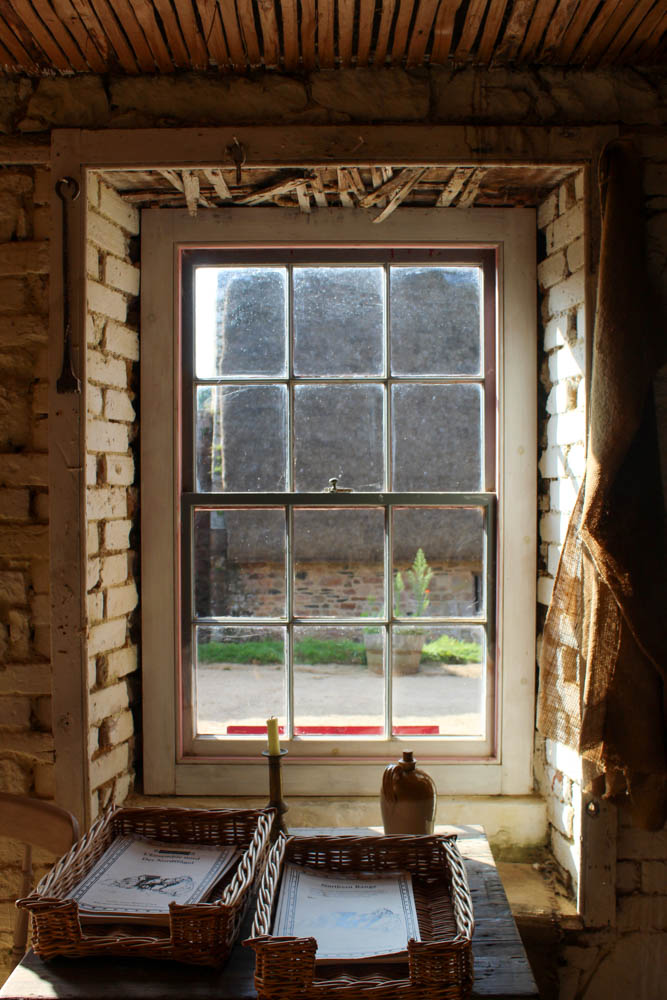


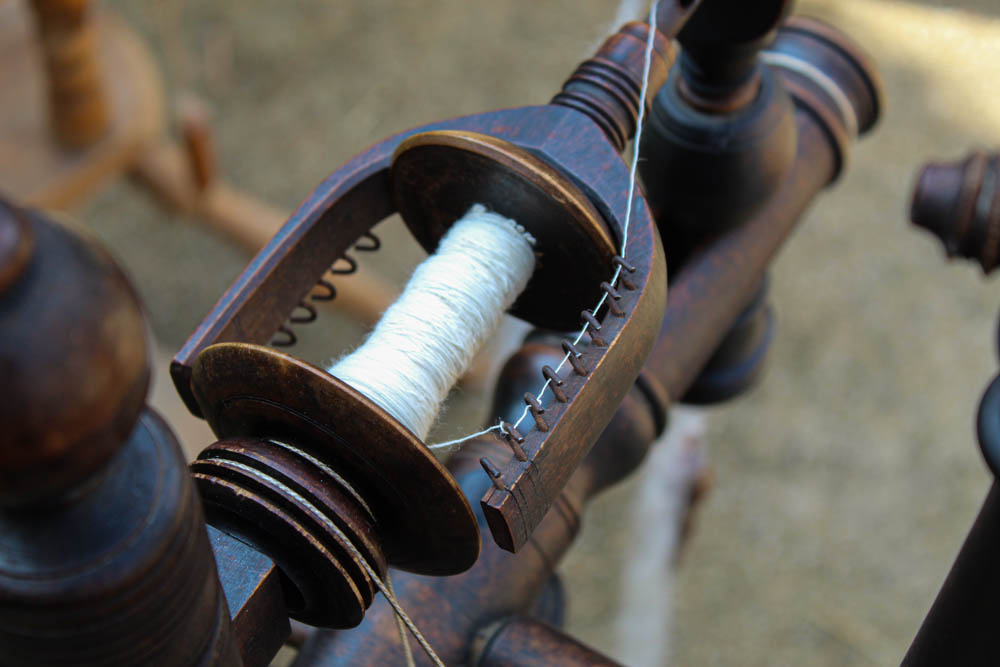



I visited Jersey Museum on 1st October 2021 to look at corn riots and protest displays.

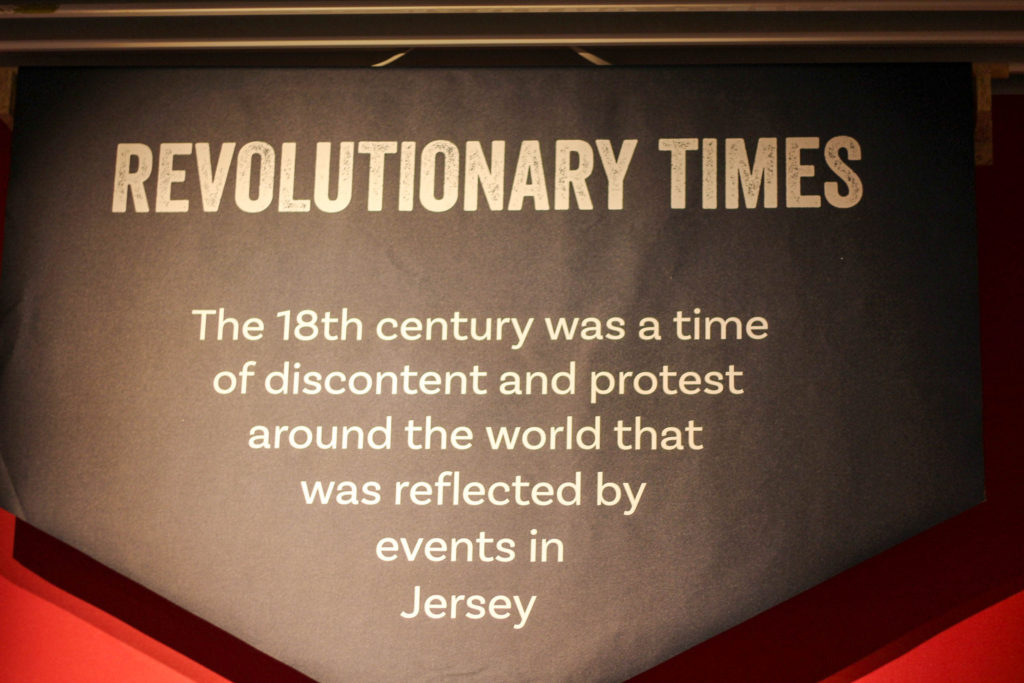
WHAT WERE THE CORN RIOTS ALL ABOUT?
A MONOPOLY ON POWER
During the 18th century, power in Jersey was concentrated in the hands of the Lemprière family. In 1750, Charles Lemprière was appointed Lieutenant Bailiff, while his brother Philippe was named Receiver-General.
One of Charles Lemprière’s major opponents within the Island was Nicholas Fiott. He was a captain and merchant who had disagreements with Lemprière going back many years. Things came to a head in the mid-1760s when Fiott struggled to find a lawyer to represent him in the Royal Court as they were all appointed by Lemprière.
Finally, Fiott took his frustrations to the Court. This was the opportunity for which Lemprière had been waiting. Fiott made his objections in writing and was prosecuted by Lemprière for insulting members of the Court. Fiott was fined and sentenced to ‘amende honorable’, which meant that he had to get down on his knees and pray for the forgiveness of God, the King and the Court. He refused to comply with the sentence and was sent to prison for a month .On his release, Fiott left the Island.
RISING FOOD PRICES
In 1767, people protested about the export of grain from the Island. Anonymous threats were made against shipowners and a law was passed the following year to keep corn in Jersey. In August 1769 the States of Jersey repealed this law, claiming that crops in the Island were plentiful. There was suspicion that this was a ploy to raise the price of wheat, which would be beneficial to the rich, many of whom had ‘rentes’ owed to them on properties that were payable in wheat. As major landowners, the Lemprière family stood to profit hugely.
ACTS OF RESISTANCE
In the summer of 1769, a ship loaded with corn for export was raided by a group of women who demanded that the sailors unload their cargo and sell it in the Island. ‘Let us die on the spot, rather than by languishing in famine. God hath given us corn, and we will keep it, in spite of the Lemprières, and the court, for if we trust to them they will starve us’.
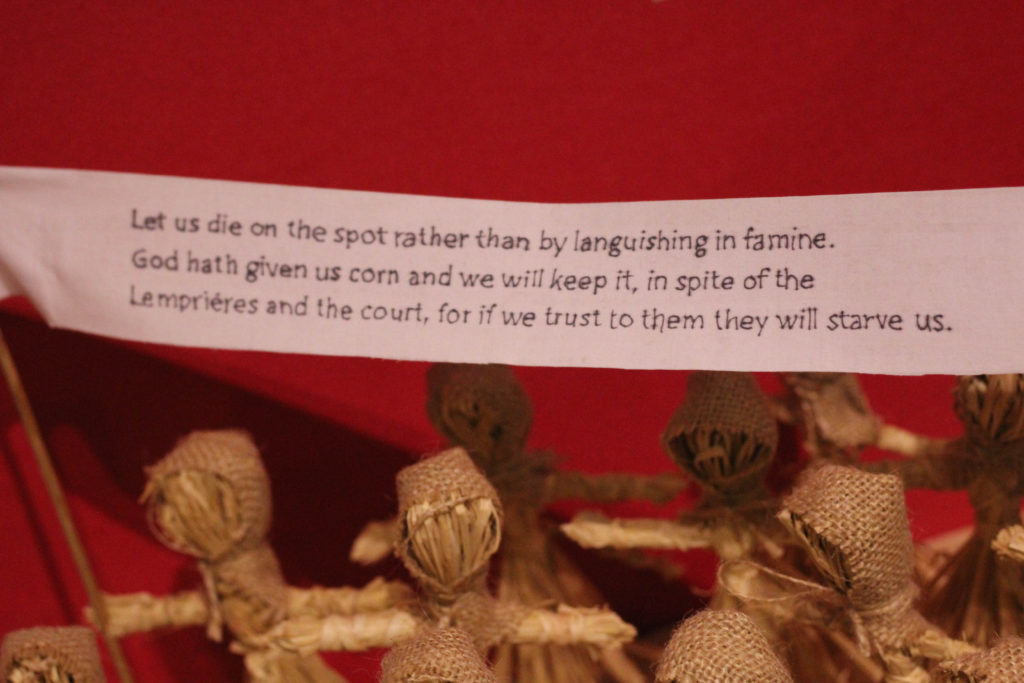
THE CORN RIOTS
On Thursday 28 September 1769, a Court called the Assize d’Héritage was sitting, hearing cases relating to property disputes. The Lieutenant Bailiff, Charles Lemprière, sat as the Head of the Court. Meanwhile, a group of disgruntled individuals from Trinity, St Martin, St John, St Lawrence and St Saviour marched towards Town where their numbers were swelled by residents of St Helier. The group was met at the door of the Royal Court and was urged to disperse and send its demands in a more respectful manner. However, the crowd forced its way into the Court Room armed with clubs and sticks. Inside, they ordered that their demands be written down in the Court book. Although the King later commanded that the lines be removed from the book, a transcription survives that shows the crowd’s demands.
The demands of the Corn Riots protestors included:
• That the price of wheat be lowered and set at 20 sols per cabot.
• That foreigners be ejected from the Island.
• That his Majesty’s tithes be reduced to 20 sols per vergée.
• That the value of the liard coin be set to 4 per sol.
• That there should be a limit on the sales tax.
• That seigneurs stop enjoying the practice of champart (the right to every twelfth sheaf of corn or bundle of flax).
• That seigneurs end the right of ‘Jouir des Successions’(the right to enjoy anyone’s estate for a year and a day if they die without heirs).
• That branchage fines could no longer be imposed.
• That Rectors could no longer charge tithes except on apples.
• That charges against Captain Nicholas Fiott be dropped and that he be allowed to return to the Island without an inquiry.
• That the Customs’ House officers be ejected.
THE AFTERMATH
In the days following the riot there was relative peace in the Island. On Saturday the demands were published in the Public Market, and on Sunday they were proclaimed in the majority of the parishes. On Sunday evening, however, the Lieutenant Bailiff and the Jurats fled to Elizabeth Castle for safety. Perhaps there was a threat received, or they thought it would look good politically if they seemed to be in danger.
On 6 October, a meeting of the States of Jersey was held at the Castle when it was agreed that Charles Lemprière, together with two Jurats, and Philippe Lemprière, the Attorney General, would journey to London in order to present their difficulties to the Privy Council, representing the Crown.
At first, the Privy Council was outraged by their reports and commanded that the demands of the rioters be erased from the Court records. On 1 November, a Royal Pardon and a reward of £100 was offered to any rioters who named the ringleaders. After the full situation in the Island became clear, the protestors were eventually pardoned.
People! Power! Protest!
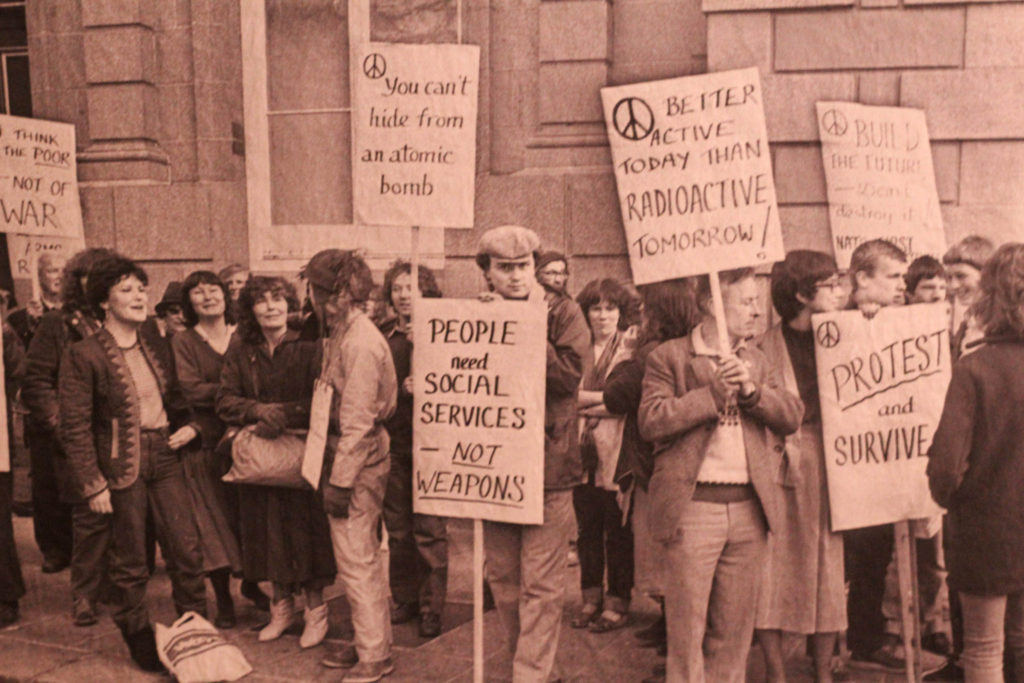
In 1769, protestors forced their way into the Royal Court and demanded lower wheat prices and fairer government.
Black Lives Matter Protest

In 2020. many protested in Jersey for the prevention of police brutality and racism. This was after the death of George Floyd in America.